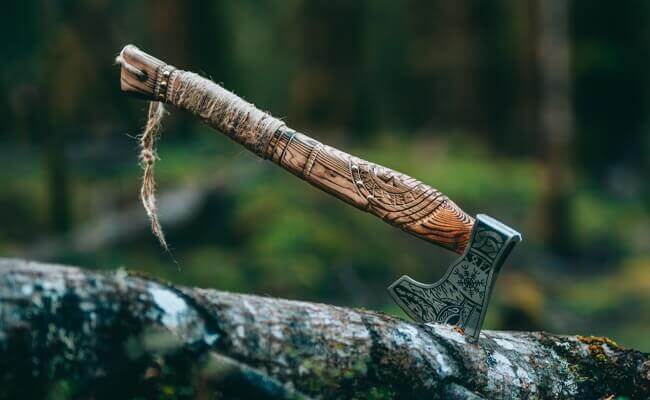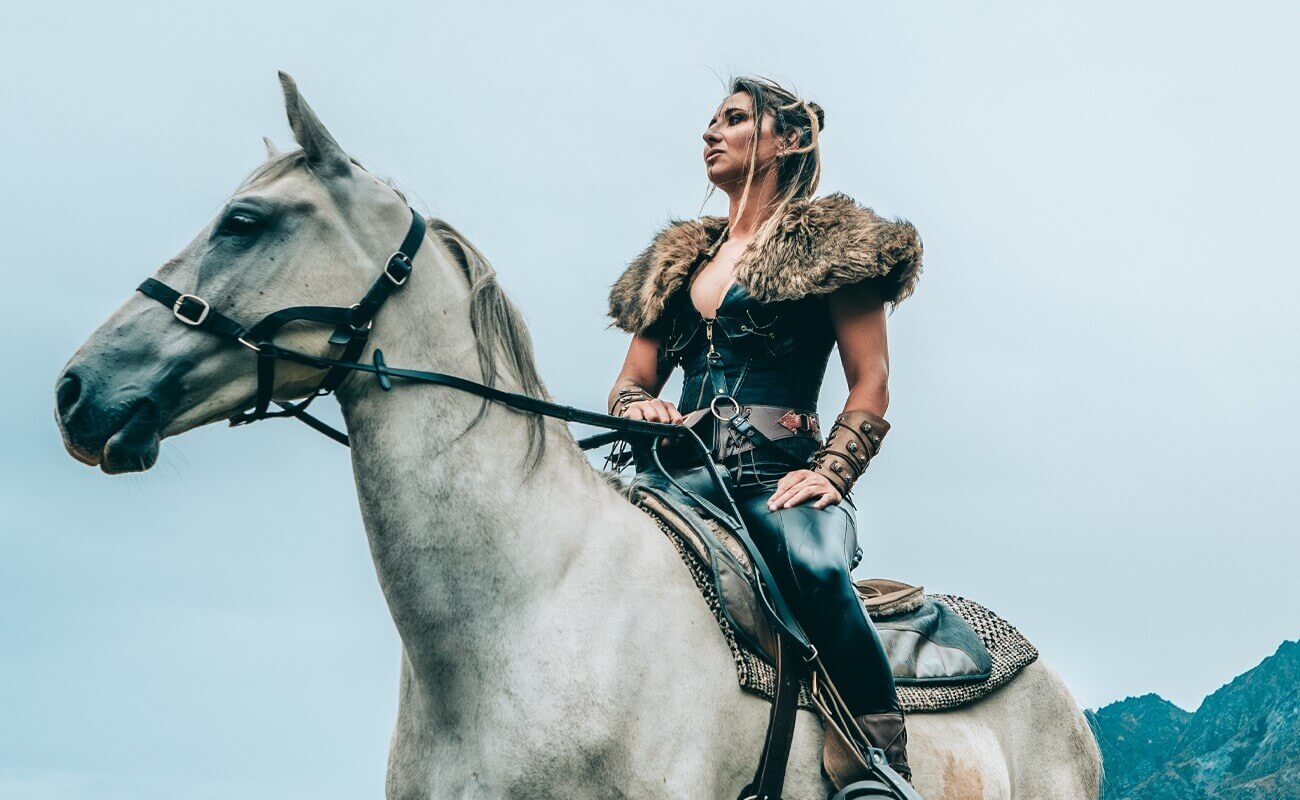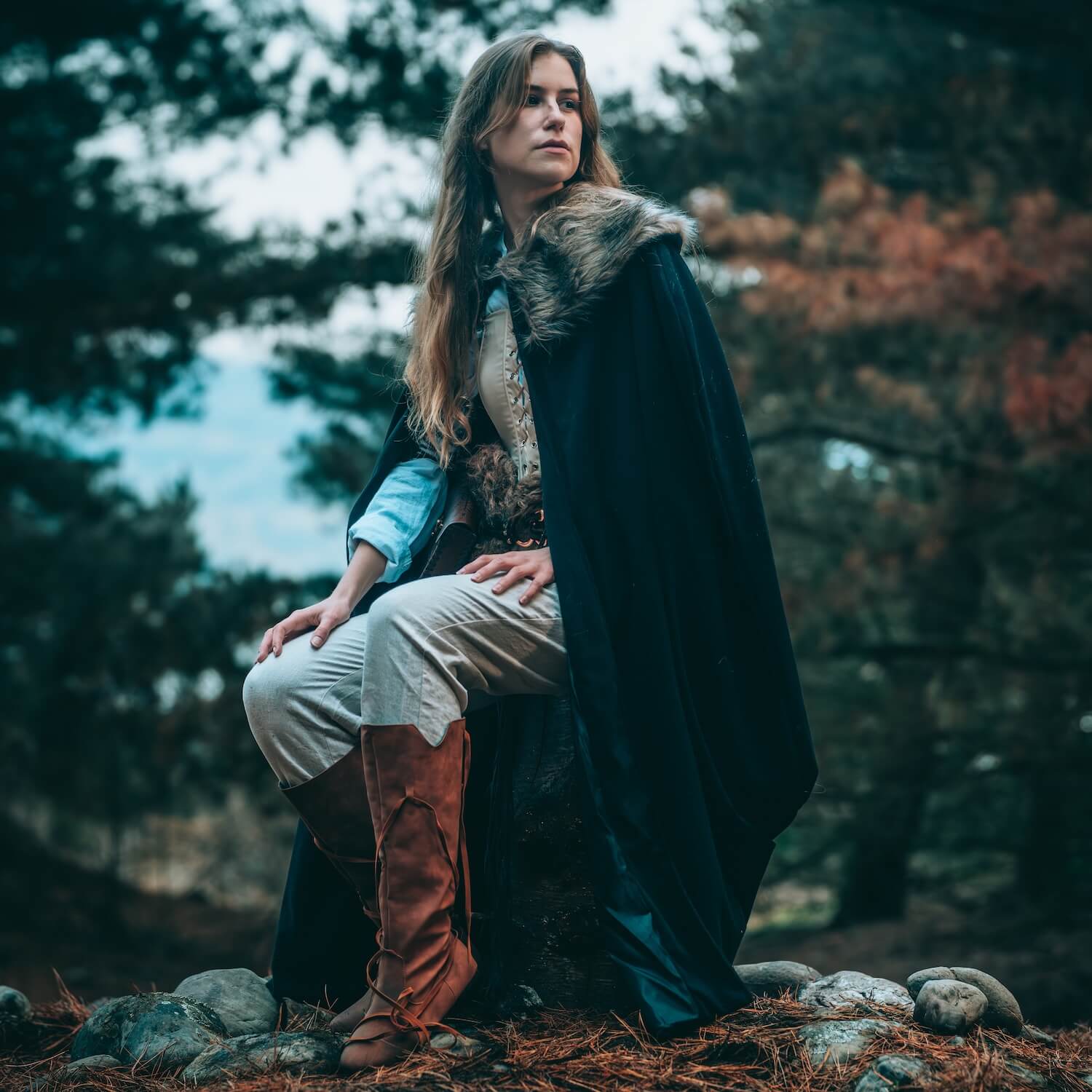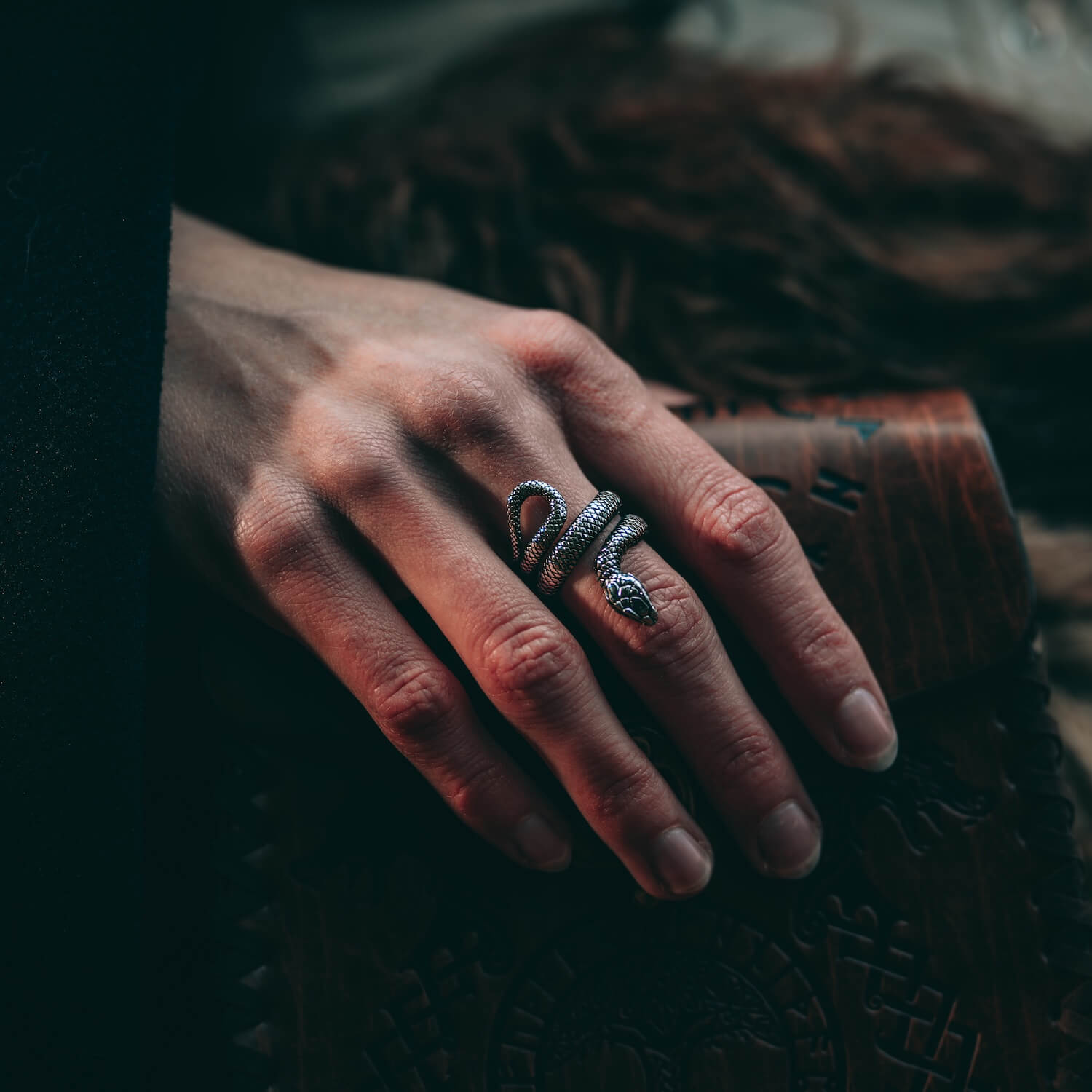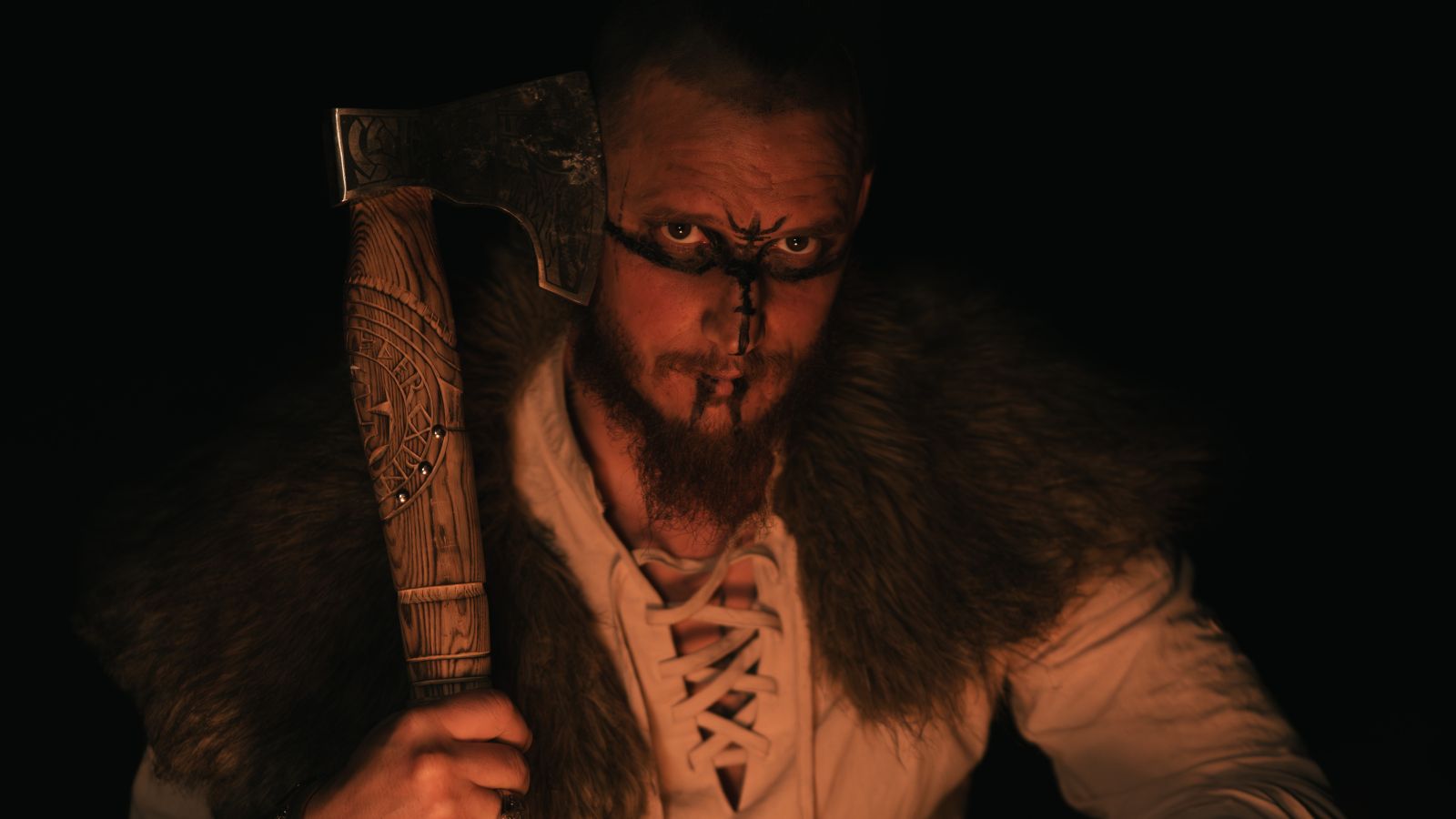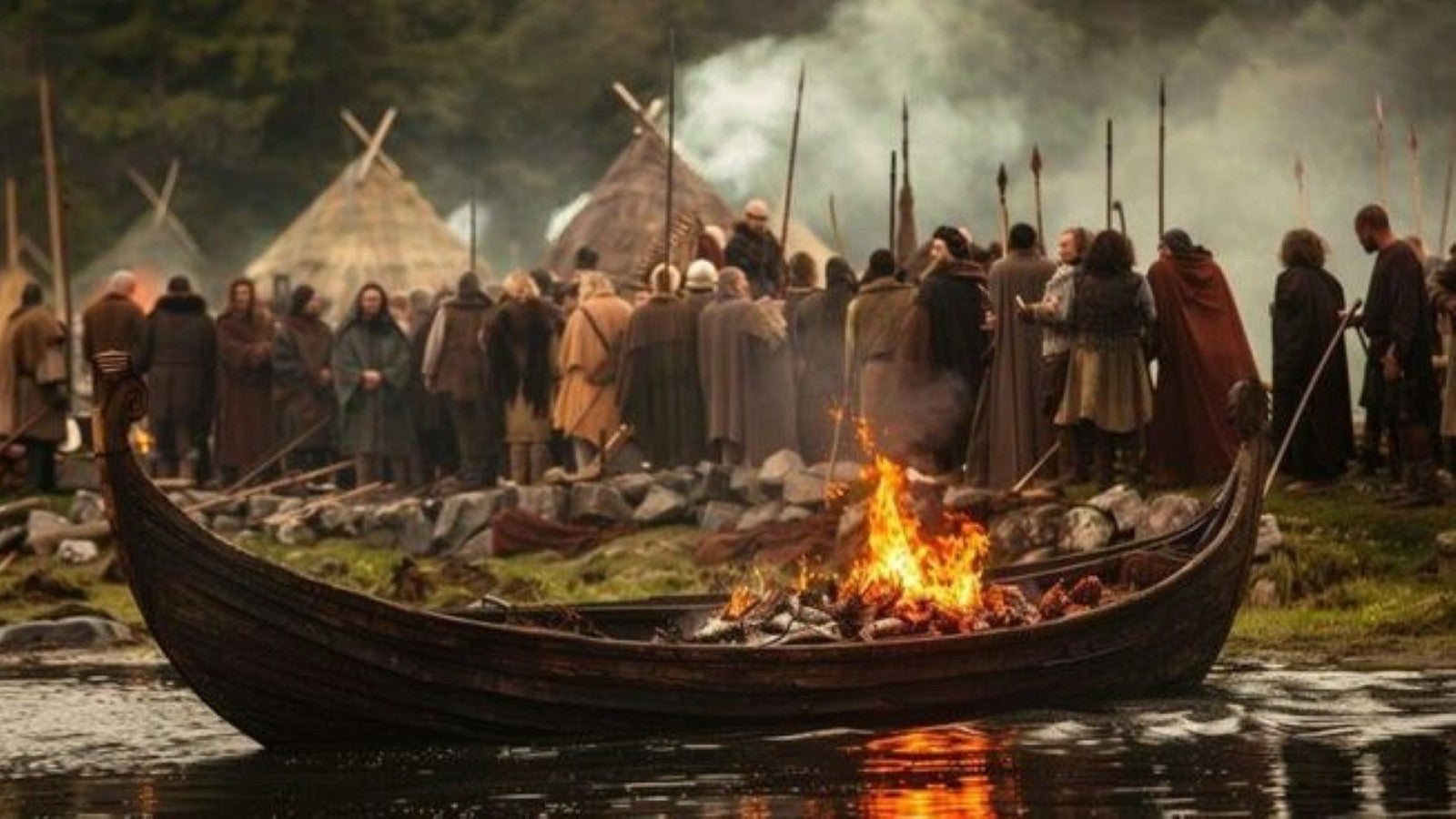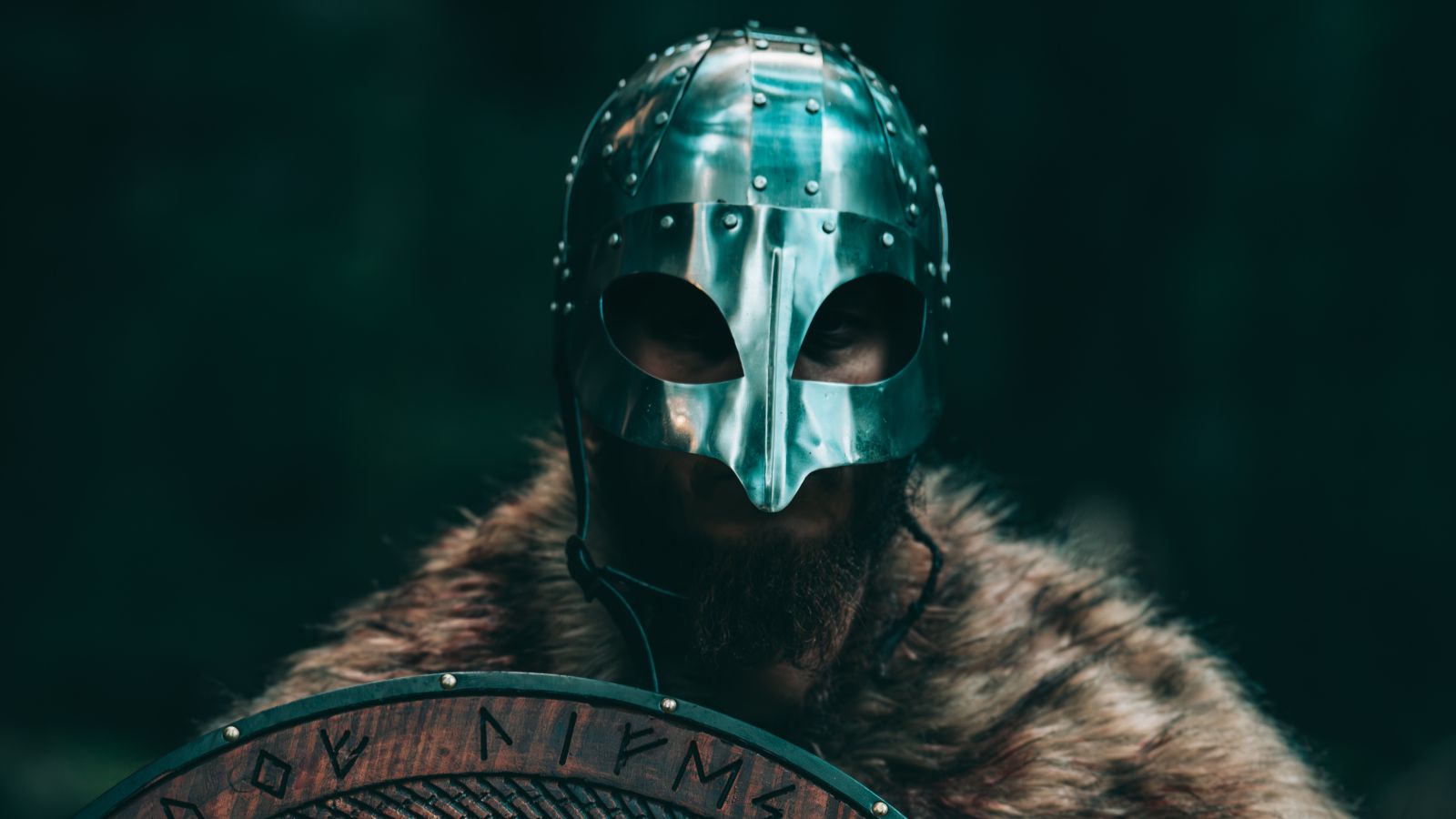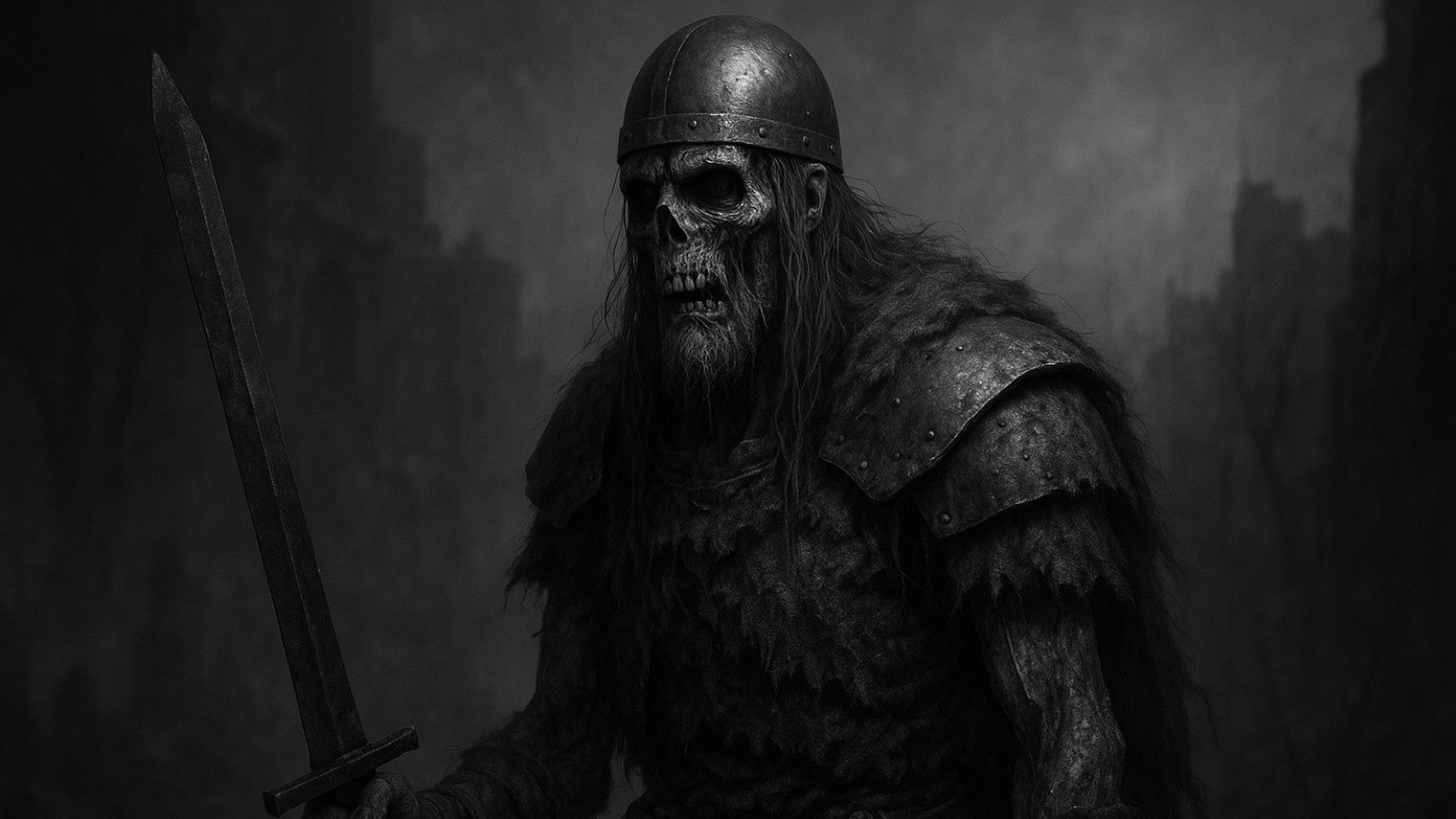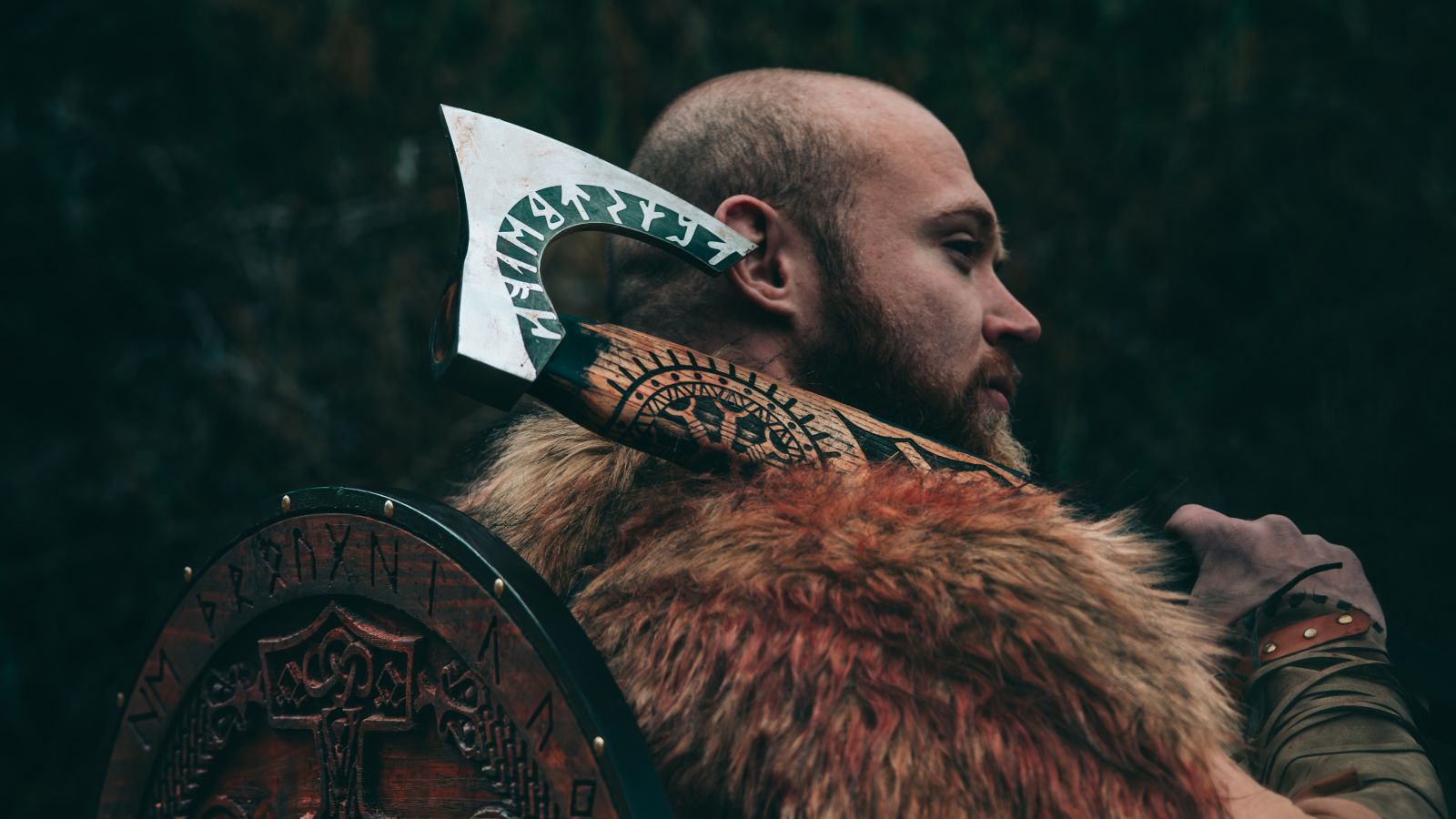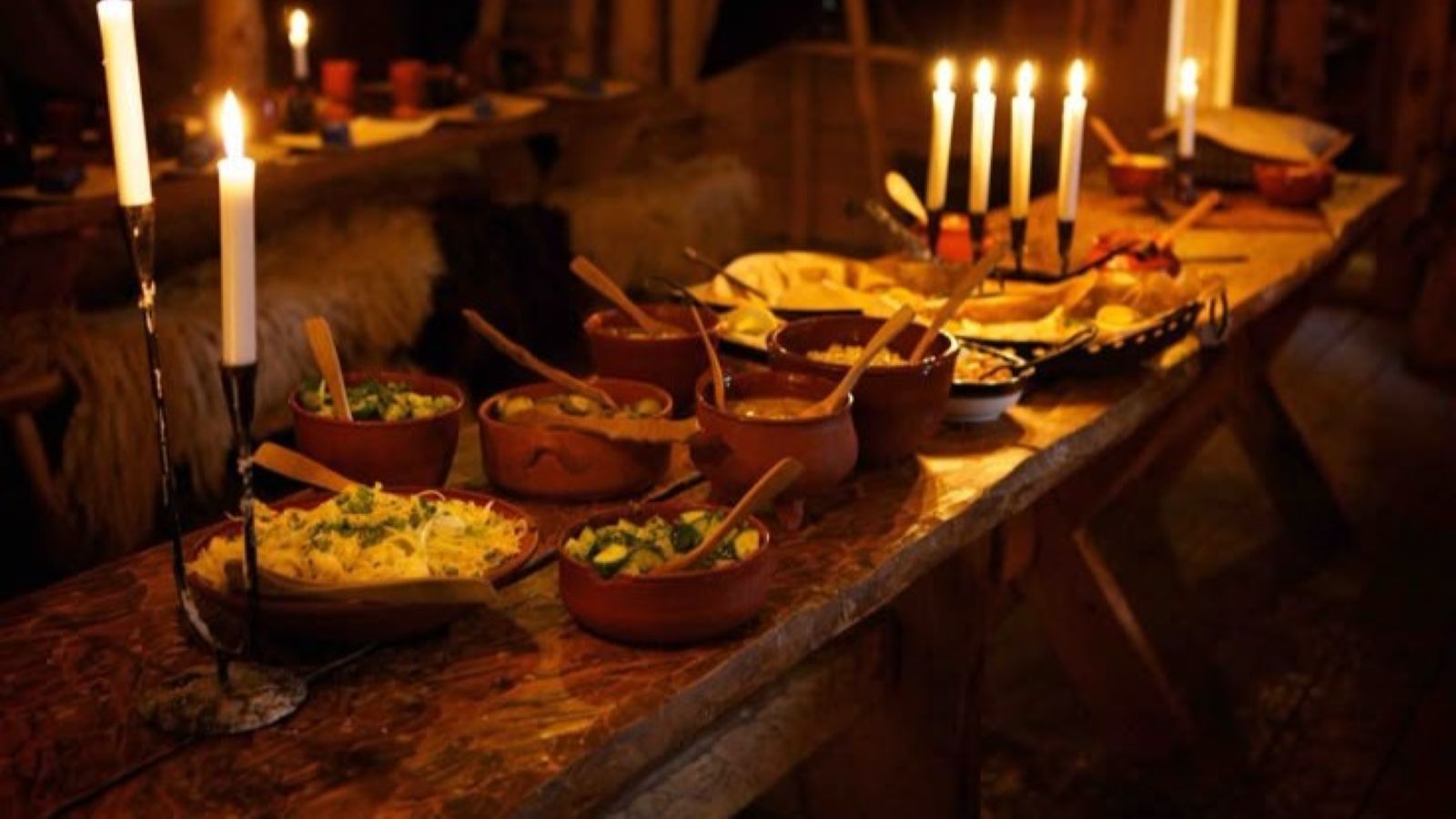
From Mead to Modern: 5 Ways to Throw a Viking-Themed Feast
The image of a great hall filled with the sounds of laughter, the smell of roasted meat, and the clinking of tankards is central to the lore of the Norse people. A Viking feast was more than just a meal; it was a celebration of community, a time for storytelling, and a show of hospitality. If you want to bring the spirit of the Viking Age to your own home, you can do so with these five essential elements.
1. The Menu: A Feast of Simple, Hearty Fare
Forget modern complex dishes. A Viking-themed meal is all about embracing simple, rustic ingredients. The Norse diet was based on what was available from farming, hunting, and foraging.
-
Roasted Meats: Roasting a large cut of meat—pork, lamb, or game—is the perfect centerpiece. Season it with herbs like thyme, rosemary, and garlic.
-
Root Vegetables: Serve roasted root vegetables like carrots, turnips, and parsnips alongside the meat.
-
Simple Breads & Cheese: Provide a selection of hearty, dark breads and firm cheeses to be torn and shared.
-
Fish: If you want to add a traditional touch, consider serving smoked salmon, as fish was a staple in Viking coastal communities. These Norse recipes are not only authentic but incredibly satisfying.
2. The Drinks: Mead, Ale, and Water from the Well
No Viking party is complete without the right libations. While strong spirits were not a part of the Viking diet, they certainly knew how how to brew.
-
Mead: The quintessential Viking drink, mead (fermented honey and water) is a must-have. You can find excellent modern varieties at a liquor store or meadery.
-
Ale: For a more accessible option, a dark, rich ale or beer is a perfect substitute.
-
For the Toast: Serve the drinks in large vessels. Toasts were a vital part of Viking feasting traditions, often accompanied by boasts or blessings.
3. The Setting: A Hall of Rustic Grandeur
The atmosphere of the feast is just as important as the food. Recreate the communal spirit of a Viking longhouse with these simple decorations.
-
Feasting Table: A large, communal table is key. Ditch the tablecloth and use a long wooden board. Benches or long chairs are better than individual seating.
-
Lighting: Use candlelight or the warm glow of a fireplace (if you have one) to create an inviting, rustic ambiance.
-
Serving Ware: Serve food on wooden platters and in large bowls. For authenticity, consider using drinking horn cups for your beverages.
4. The Entertainment: Sagas, Songs, and Games
A quiet dinner party this is not. A Viking feast was a time for boisterous entertainment and lively interaction.
-
Saga Storytelling: Read a passage from one of the Icelandic sagas. Tales of heroes and gods are a great way to set the mood and connect with the history.
-
Folk Music: Play traditional Norse or Celtic folk music in the background, or if you have any musicians in your group, encourage a live performance.
-
Games: Board games like Hnefatafl, a Viking board game similar to chess, would have been played after the meal. A simple game of dice or riddles can also be a fun addition.
5. The Attire: A Touch of the Norse
While not a requirement, encouraging guests to dress the part adds to the fun and immersion.
-
Tunics and Simple Dresses: Simple, loose-fitting tunics for men and long, flowing dresses for women are the perfect base.
-
Accessorize: Add a leather belt, a simple brooch, or a decorative braided headband. This small effort brings the Viking party themes to life and makes for great photos and memories.
By focusing on these five elements, the food, the drink, the setting, the entertainment, and the attire, you can host a feast that is not only fun but also a respectful nod to the rich traditions of the Norse people.

